As rising temperatures make living in Minnesota just a little more bearable, more people can be seen walking to school, but some Concordia faculty, staff and students have been doing this all year.
For his past sixteen years of working at Concordia, chemistry professor Graeme Wyllie has been known for walking to and from campus, even through blizzards. However, this is normal to him, as he walked to school throughout his high school and undergraduate years.
“I come from just outside Glasgow where we had decent public transport, so walking a certain distance wasn’t seen as quite as weird as it is sometimes here. To walk to the bus that took me to my secondary school was still a 15-minute walk every day,” Wyllie said.
Wyllie recalled his earlier years, when he lived further away from Concordia and his walks were 30-35 minutes as compared to his current 15-minute walk. For him, the decision to walk is in part due to him never obtaining a driver’s license, but he is mindful of his environmental impact as well.
“Somewhere along the line, I just came to this reason that I’m not going to learn to drive. I try to be fairly sustainable in a lot of things I do, and this is kind of one of my own personal statements I make to myself, to not do unnecessary driv(ing) around,” Wyllie said.
Dan Biebighauser, professor of math, also walks to campus every day and has for the past 15 years. As a one-car family, to walk is partly a choice and partly a necessity. However, Biebighauser said that even with another car, he could not see himself driving much more often than his current few days a year.
“I think I would walk just because that’s what I do, but it would be a little bit more tempting,” Biebighauser said.
There is an unexpected community aspect of walking that Biebighauser has found that makes the daily commute even more worthwhile. “I know a lot of the people along the route. There’s some retired faculty members, some who weren’t even teaching when I was here and some who were teaching when I was here. It’s a good reason to have a 10- or 15-minute conversation on the way back, whereas if you’re driving this would never happen,” Biebighauser said.
Wyllie had his own reasoning as well: “(Walking) lets me get my head in the game. The advantage to walking in the mornings is that I get to run through my day, not rushing or focusing on driving.”
For students, even those who live on campus, there are many options for expanding transportation sustainability efforts. Senior David Kelm, SGA sustainability advocate and transportation intern in the Office of Sustainability, said there are many options for students to use both on and off campus.
Concordia has a fleet of bicycles, also known as COBBikes, which are free for use and can be checked out at the library. They are available for use for a day during the year and up to a week during the summer.
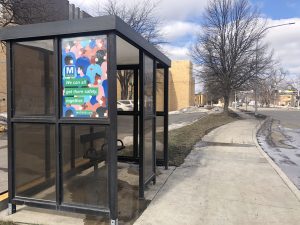
The shelter for the bikes between Knutson Campus Center and the library also has a repair station. A new permanent bike shop is being organized on campus and will open within the next year, and the bike fleet is also looking to be expanded. While the bikes are not accessible during winter months, they are expected to be back out for use within the next month.
Reaching further into the Fargo-Moorhead community, the MATBUS is also available, free of charge for Concordia students, faculty and staff with the use of an ID card. The MATBUS has 21 routes in the area.
“Don’t be scared of the MATBUS. Don’t be scared of the bus system. We’re working on destigmatizing it, trying to normalize using public transportation because it’s an elitist thing not to think that it’s good. I love using the bus system, and I have a car, so I think more people should. It’s really easy,” Kelm said.
Small steps toward sustainability, such as using these alternative modes of transportation, all work toward reducing our carbon footprint. Wyllie noted himself that it is sometimes hard to see the bigger picture. “On some levels, don’t get disheartened in terms of continuing to kind of make your own personal impact. I think the campus is heading in the right direction, (we are) definitely moving in a different direction from where we were when I started 16 years ago.”
He said he wants more people to be mindful of their surroundings while both walking and public transportation.

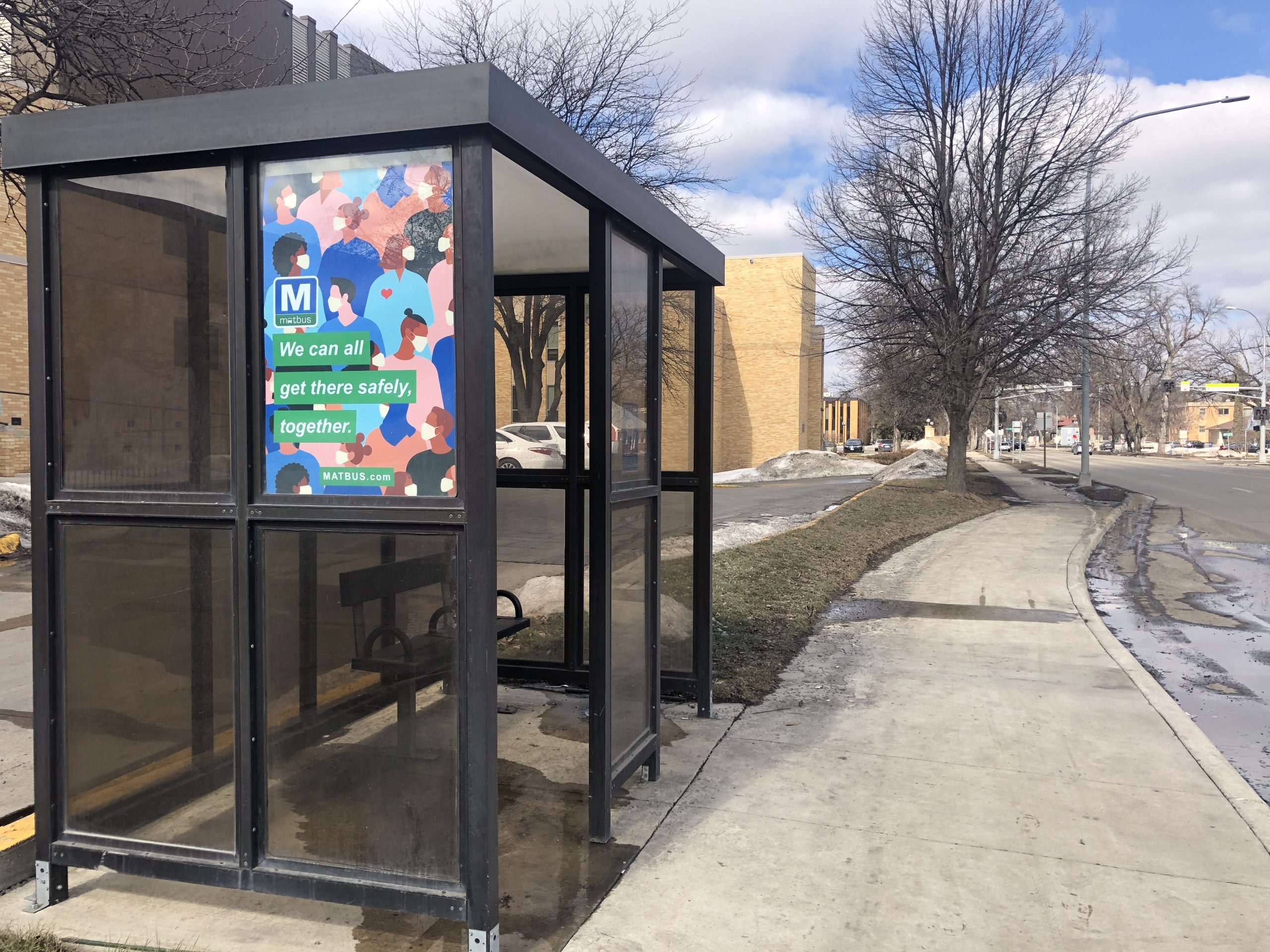
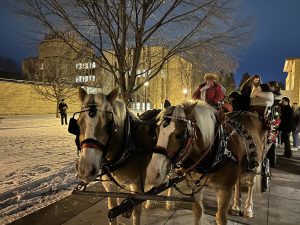
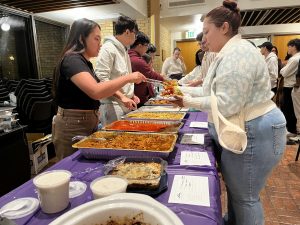
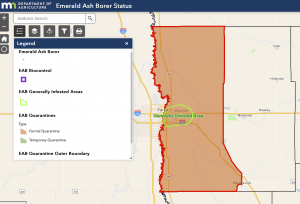





Be First to Comment